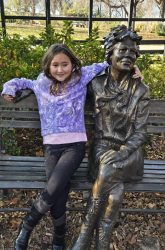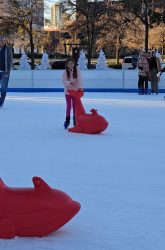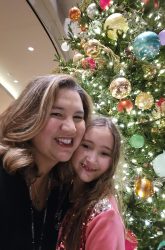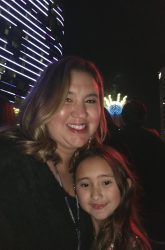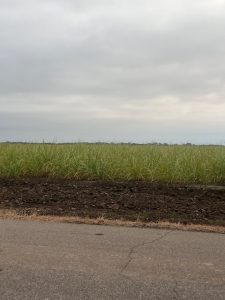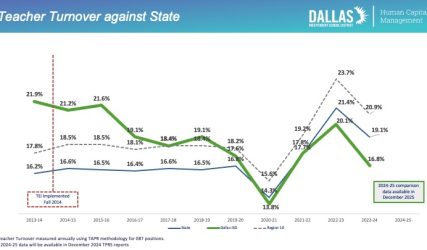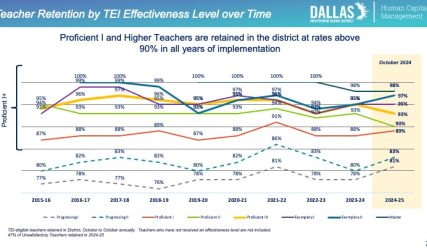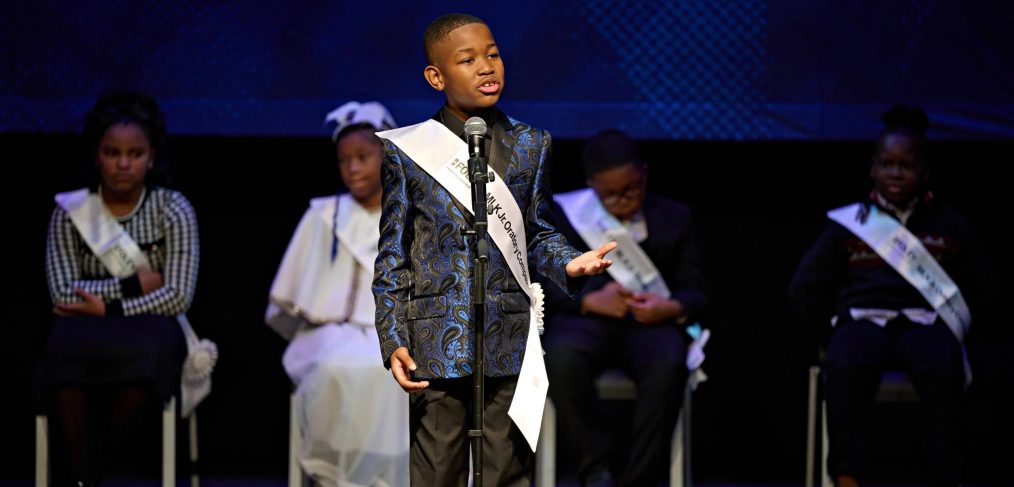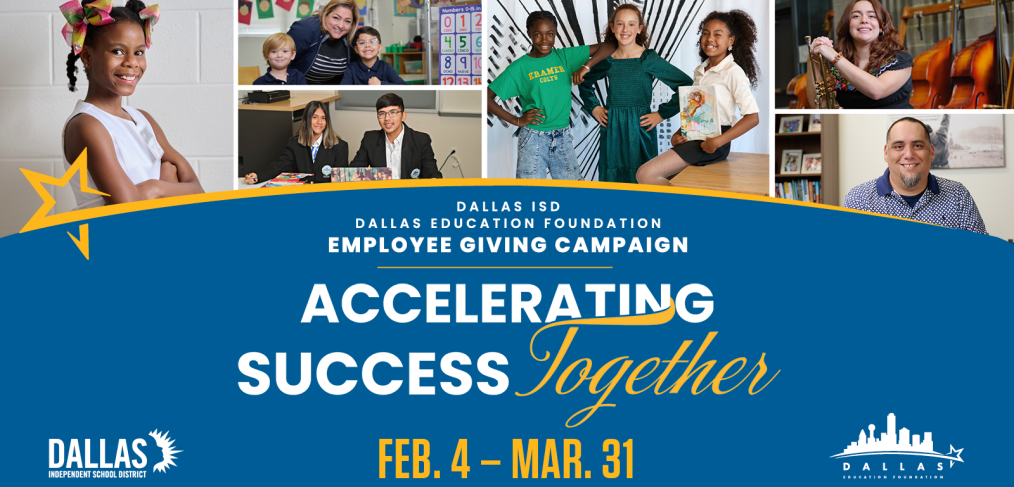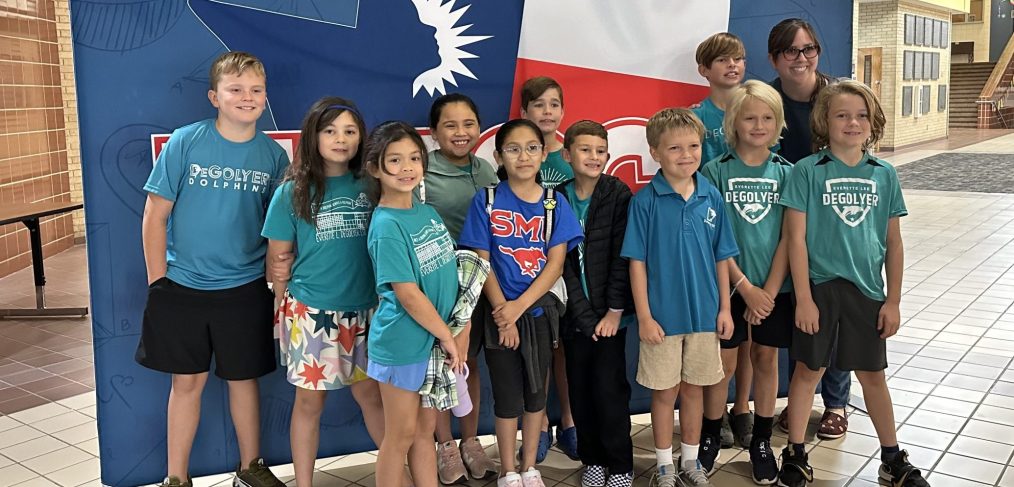While Dallas ISD’s 2024 National Assessment of Educational Progress results show steady performance in math and reading for fourth and eighth graders and some student groups continuing to outperform their peers, the results also showed the district still has work to do to catch up to national public and large city schools.
The district’s eighth grade reading gains were among the highest nationally, trailing only Chicago among Trial Urban District Assessment participants. English language learners, who make up over 50% of Dallas ISD students, significantly outperformed their national and large-city peers in fourth and eighth grade reading and math. In math, Black and Hispanic fourth graders outperformed their national and large-city counterparts. Fourth graders overall outperformed 10 other TUDA districts in math.
Another highlight in the results is the trends that indicate an increase in students achieving at basic, proficient, and advanced levels across all grades and subjects tested.
“These results tell us that the supports we have implemented for the past three years both for teachers and students have helped us recover,” said Superintendent Stephanie Elizalde. “However, they also tell us that we still have work ahead of us to get back to pre-pandemic levels and to narrow the gap with our peers. It is more important than ever to invest in the education of the children in our state and our district so we can continue the learning improvements.”
Dallas ISD has emphasized teacher mentoring, development, and retention, leading to higher retention rates than other urban districts across Texas. Since 2021, the district has also prioritized reading and math academies, along with additional professional development, to strengthen instructional practices.
Ray Hart, executive director of the Council of the Great City Schools, praised the district’s progress: “Dallas is one of only four districts whose performance in 2024 was not significantly different than their 2019 pre-pandemic scores in all four grade and subject combinations tested, showing that federal, state, and local resources devoted to recovery from the pandemic have been extremely beneficial.”
Elizalde added: “It is thanks to the continued work of the board, administration, and our team members, as well as our steadfast focus on the goals for improving outcomes for all students in the district that these results are possible.”

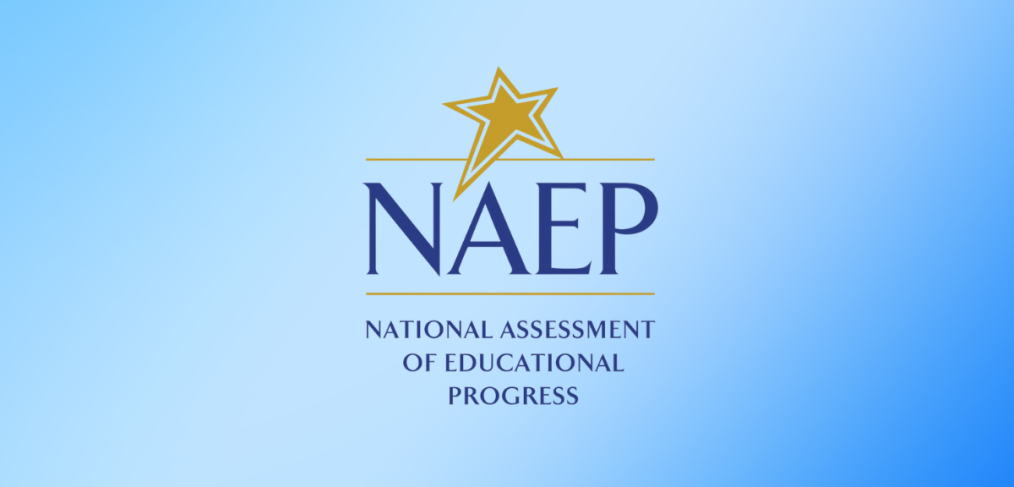

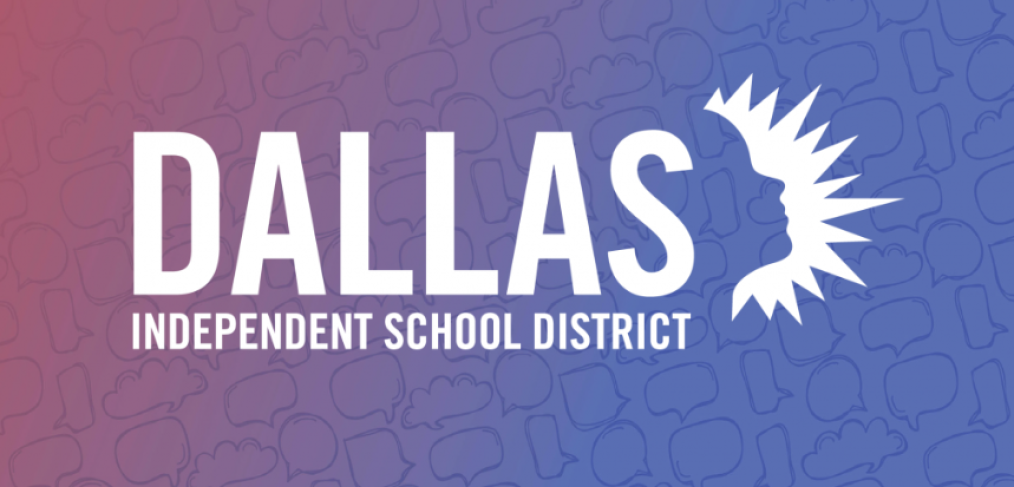

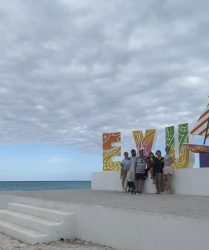



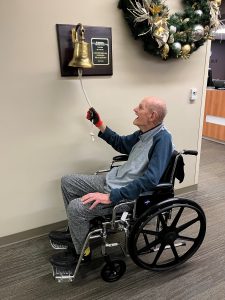
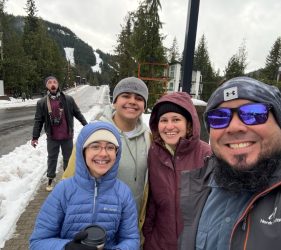
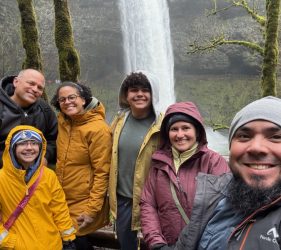
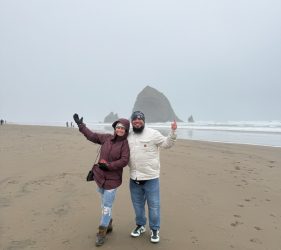
 at 40 and had a baby, so the break was spent with family enjoying the baby’s first Christmas.
at 40 and had a baby, so the break was spent with family enjoying the baby’s first Christmas. 
